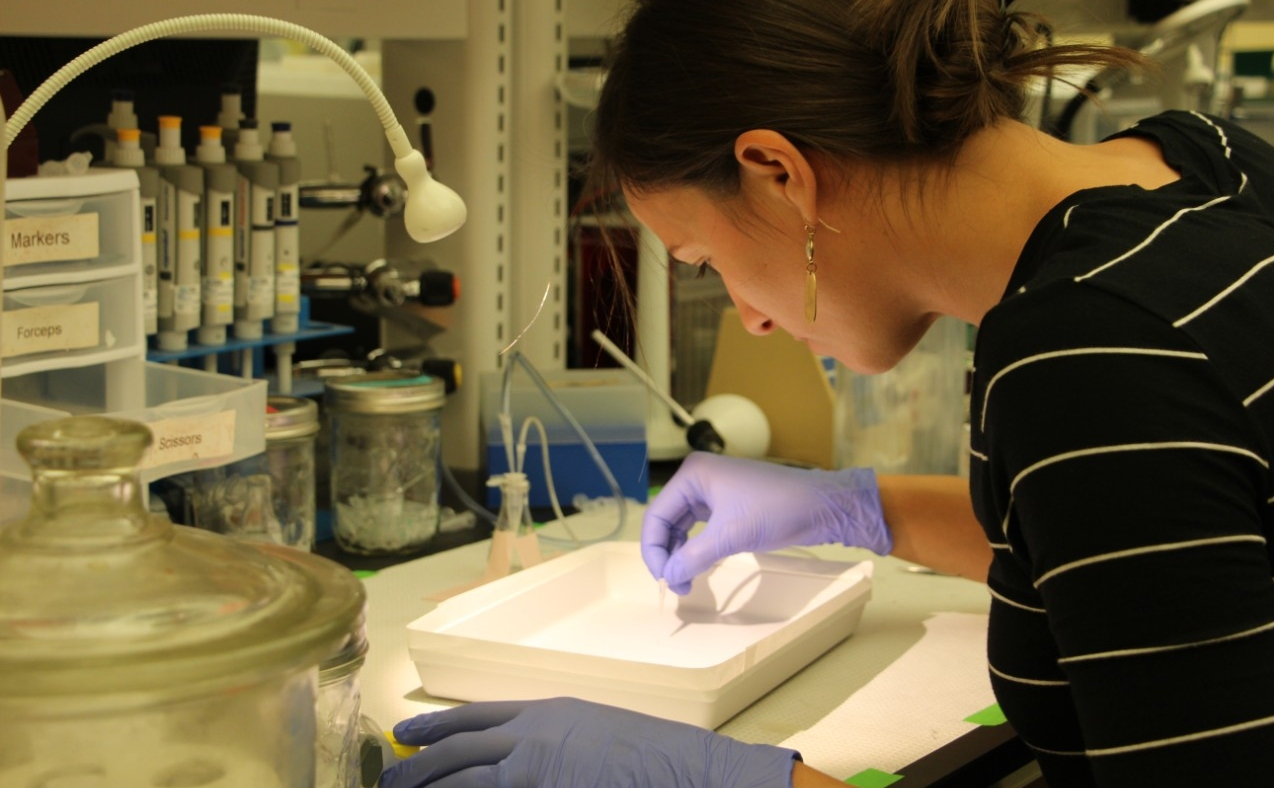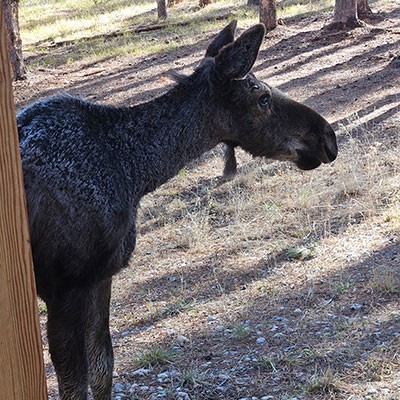Anniversary Highlight: Kennan Oyen

After receiving the BI grant in 2017, I completed my dissertation on measuring the impact of temperature on bumble bee populations in the Western United States. We found that the temperatures bumble bees can tolerate are closely matched to those they experience in their native habitats. This means that as temperatures change, bumble bees will either move to new areas with tolerable conditions or decline. Seeing the connection between environmental temperature and species distributions led me to investigate the impact of temperature in another system of conservation importance for my postdoctoral research. As a postdoc, I received a 2-year David H. Smith Conservation Fellowship to study the influence of ticks on moose populations. Ticks are responding to environmental change by moving to new geographic regions and increasing in abundance. This means that the burden of ticks on human and wildlife populations is also increasing and specifically impacting species that are already vulnerable such as moose.
Moose are declining throughout much of their southern distribution although there are likely several reasons for these declines, one important factor is unprecedented numbers of ticks. In recent years, individual moose were found to have as many as 90,000 ticks, this is what researchers call a tick epizootic. During tick epizootics, as many as 90% of moose calves die from tick infestations. Ticks can cause moose mortality through blood loss and physiological stress during winter when moose lack quality food. My research focused on why tick epizootics are increasing in frequency. Although this work is ongoing, we’ve found major physiological differences among tick populations, suggesting that accurate predictions of the impact of climate change on ticks and moose should be population and location specific. Moving forward, we plan to incorporate these physiological metrics into predictive models that help identify which moose populations are most vulnerable to ticks and how to allocate limited resources to mitigate the influence of ticks on wildlife populations.
My career as a conservation research biologist was jumpstarted by the generous biodiversity grant, I received as a graduate student. The Biodiversity Grant provided me with an opportunity to develop foundational skills that I am applying in other systems of conservation concern and prepared me for my next steps as a scientist and conservation advocate.
Share This Post

Social Media
Latest News



Archives
- All
- October 2025
- August 2025
- July 2025
- June 2025
- May 2025
- April 2025
- March 2025
- February 2025
- January 2025
- November 2024
- October 2024
- September 2024
- August 2024
- July 2024
- June 2024
- May 2024
- April 2024
- March 2024
- February 2024
- January 2024
- December 2023
- November 2023
- August 2023
- July 2023
- April 2023
- September 2022
- August 2022
- July 2022
- June 2022
- May 2022
- April 2022
- March 2022
- February 2022
- January 2022
- December 2021
- November 2021
- October 2021
- September 2021
- August 2021
- May 2021
- April 2021
- March 2021
- October 2020
- August 2020
- July 2020
- January 2020
- March 2019

